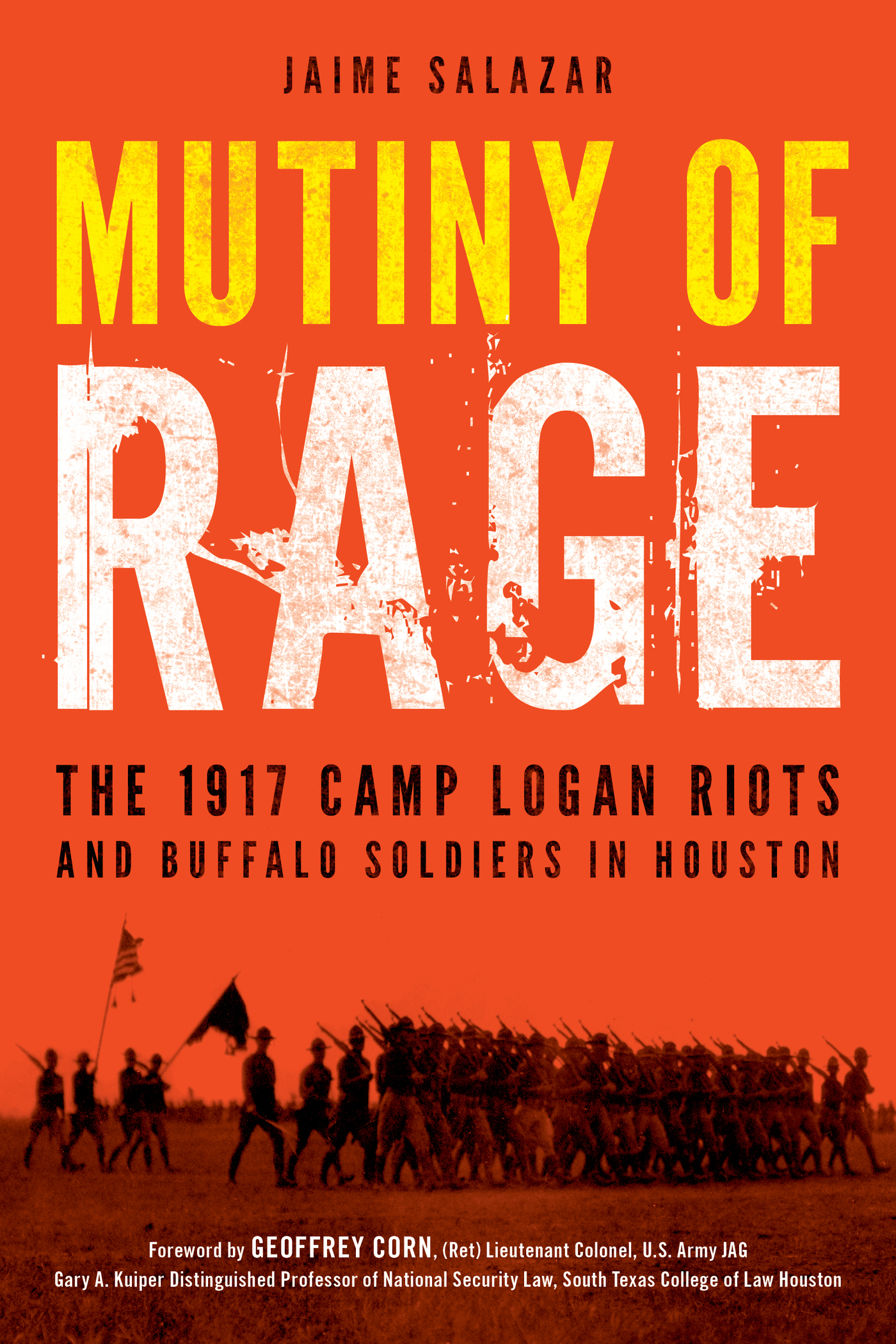The 1917 Camp Logan Riots and
Buffalo Soldiers in Houston
Jaime Salazar

An imprint of The Rowman & Littlefield Publishing Group, Inc.
4501 Forbes Boulevard, Suite 200
Lanham, Maryland 20706
www.rowman.com
Distributed by NATIONAL BOOK NETWORK
Copyright 2021 by Jaime Salazar
All rights reserved. No part of this book may be reproduced in any form or by any electronic or mechanical means, including information storage and retrieval systems, without written permission from the publisher, except by a reviewer who may quote passages in a review.
British Library Cataloguing in Publication Information Available
Library of Congress Cataloging-in-Publication Data Available
ISBN 9781633886889 (cloth : alk. paper) | ISBN 9781633886896 (ebook)
 TM The paper used in this publication meets the minimum requirements of American National Standard for Information Sciences Permanence of Paper for Printed Library Materials, ANSI/NISO Z39.48-1992.
TM The paper used in this publication meets the minimum requirements of American National Standard for Information Sciences Permanence of Paper for Printed Library Materials, ANSI/NISO Z39.48-1992.
In the spirit of Juanita Lourdes.
Written during the global pandemic
and racial unrest of 2020.
Dedicated to all who suffered.
Foreword
Houston, Texas, my home since I retired from a twenty-two-year career in the U.S. Army, was recently recognized as the most diverse metropolis in the United States. Americas fourth-largest city, home to a global seaport, sits at the crossroads of Latin America, the Caribbean, the Deep American South, and its rugged West. The areas vibrancy is apparent when walking the tidy footpaths of Memorial Park. Along the crushed pink granite trails, young families from every race, ethnicity, and faith stroll past native Texans whose roots go back centuries. An expansive arboretum abuts a manicured golf course. But beneath the surface of this picture-postcard public space for the Bayou Citys leisure class lays a far more interesting yet sinister story that few Houstonians even know about. The truth behind that account, which took place on August 23, 1917, is painful, and its stain lingers to this day.
Hidden in the parks underbrush are the decaying ruins of what was once Camp Logan. Men with loaded rifles guarded this area, and many never returned from the Great War. The events described in Mutiny of Rage resulted in the largest single criminal trial in American history. The defendants were more than a hundred black soldiers of the 3rd Battalion, 24th Infantry, known from their frontier days as Buffalo Soldiers. But they may as well have been every black serviceman. Their only ambition was to serve their country in a time of waryet their fate embodies one of the darkest chapters of Americas post-reconstruction history.
Courage and honor are two character traits that define the profession of arms and have been at the very foundation of the U.S. Army since the Continental Congress created it on June 14, 1775. Since then, African Americans have demonstrated these traits and served with distinction in every war and theater of operation. The soldiers of the 3rd Battalion boasted an expansive campaign record, from policing the American western frontier to San Juan Hill in Cuba, to executing General Black Jack Pershings punitive raid against Pancho Villa in Mexico. And in 1917, they were ready, willing, and able to carry the burden of confronting the nations new enemies on the Western Front in France. That chance never came. Instead, they faced a far more formidable enemy: their own U.S. Army.
The explosion of racially motivated violence that tore through Houston on a sweltering summer night pitted these soldiers against a local community. It resulted in numerous casualties, dozens of court-martial convictions, and nearly twenty death sentences. It also generated widespread discussion about the treatment of African American service members and the military justice process that was far more about military than it was about justice.
So why is so little known of this pivotal event in American history? I served in the army for twenty-two years, most of that time within the Judge Advocate Generals Corps (JAG). There I prosecuted and defended soldiers tried by court-martial for every conceivable offense. This remains among the experiences of which I am most proud, as I continue to believe that the system of military justice I operated within served the interests of good order and discipline by ensuring a fundamentally fair criminal justice processone that reflected the values of the nation I swore to defend.
But I also am painfully aware that the army did not always live up to its lofty mandate and often failed those who most needed the protection of a fair and credible process. This was the case for these servicemen, and the army they loved should have done better. The military justice system of today reflects a sea change that was a genuine result of the lessons learned from what happened to these soldiers.
This tragedy should not be an obscure blip in local history or the collective understanding of military justice. But only by confronting the injustices inherent in a segregated army, institutional prejudices in the highest echelons of government, the sad reality of the Jim Crow South, and the tragic consequences that result when men of honor reach a breaking point will meaning emerge from this misfortune.
Our nation failed to live up to the promise that all men are created equal during the Jim Crow erathe struggle for equality continues to this day. But it was especially dreadful for a nation to betray the men who pledged their lives to defend it and its constitution. This unvarnished story walks us through the chaos and fears these soldiers lived through when thrust into a hostile community and the wrenching moral and legal consequences of their actions. Mutiny of Rage does something few books have attempted before: it contributes to a present-day awareness of the tragic end that befell these soldiers. Written by one of my former law students, Jaime Salazar is a Mexican American and Indiana native, certainly not a person I expected to have a vested interest in this bit of African American military history. His only personal connection to this story was his devotion to the high American ideals of equal justice under the law. That is the most important testament to Mutiny of Rage. Salazar was compelled to bring this story out of the historical shadows.
Nonetheless, the real final chapter of this narrative has not yet been written. At the time of this books publication, an initiative is ongoing to restore honor to these soldiers. Im working with South Texas College of Law Houston faculty and students, several retired U.S. Army Judge Advocate officers, historians, and cadets at the U.S. Military Academy at West Point. We hope to someday restore the dignity of the innocents of the 3rd Battalion, 24th Infantry. At the very least, we must all understand these events and learn from this tragedy.
Geoffrey Corn, Gary A. Kuiper Distinguished Professor of National Security Law, South Texas College of Law Houston, Lieutenant Colonel, U.S. Army (Retired)
Chapter 1
Gallows and Unmarked Graves

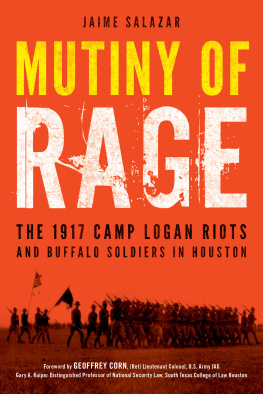
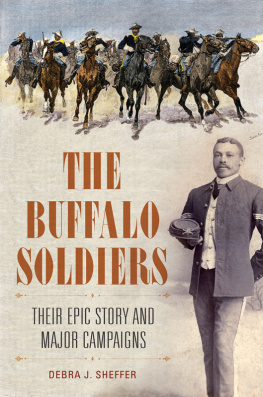

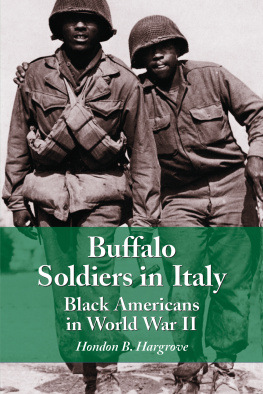
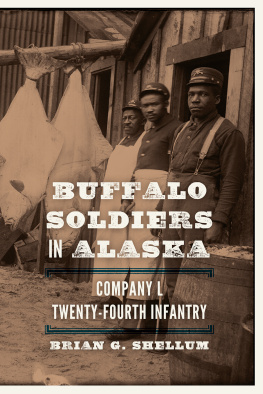
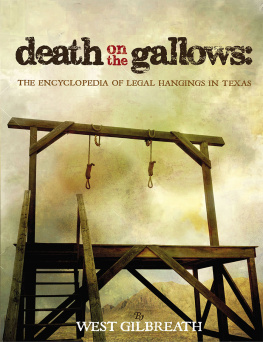
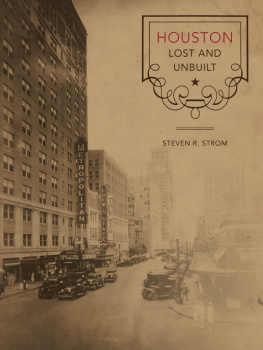



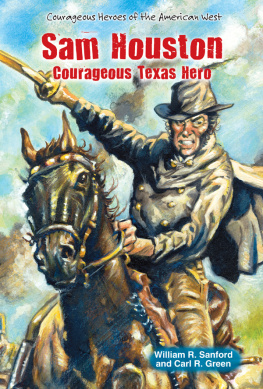


 TM The paper used in this publication meets the minimum requirements of American National Standard for Information Sciences Permanence of Paper for Printed Library Materials, ANSI/NISO Z39.48-1992.
TM The paper used in this publication meets the minimum requirements of American National Standard for Information Sciences Permanence of Paper for Printed Library Materials, ANSI/NISO Z39.48-1992.